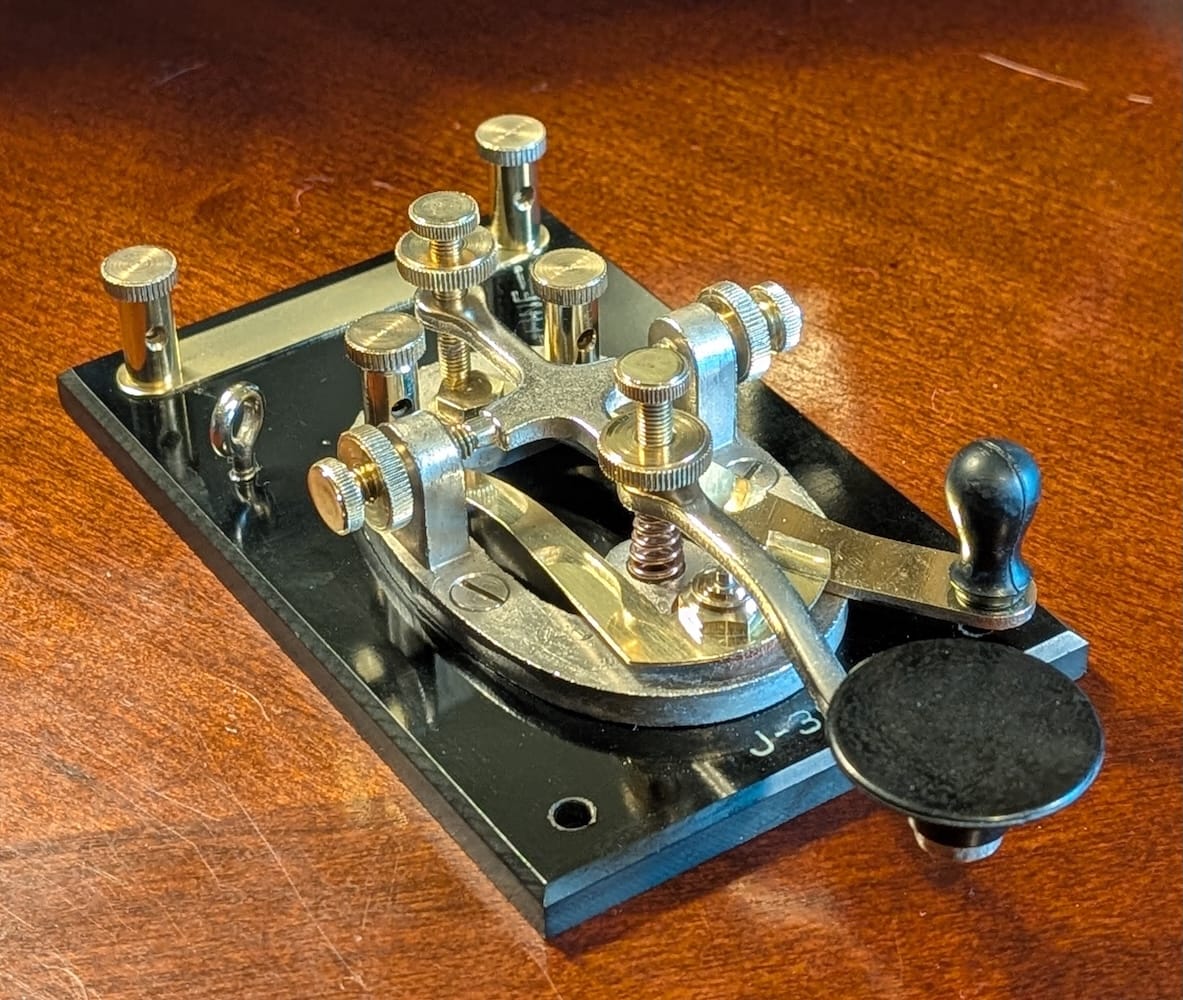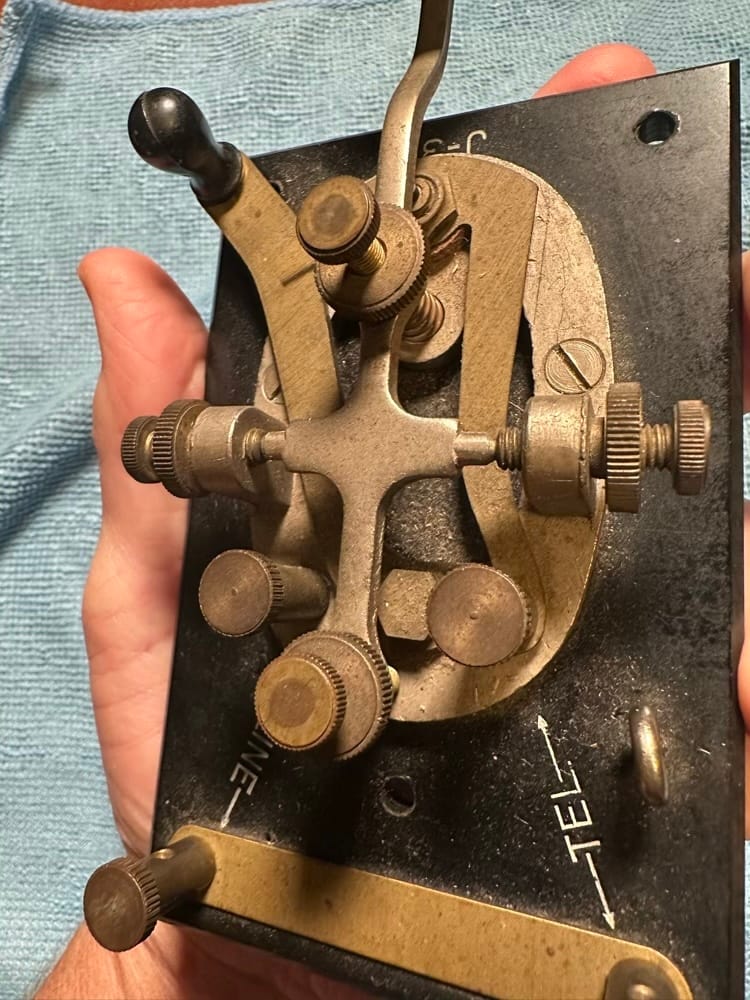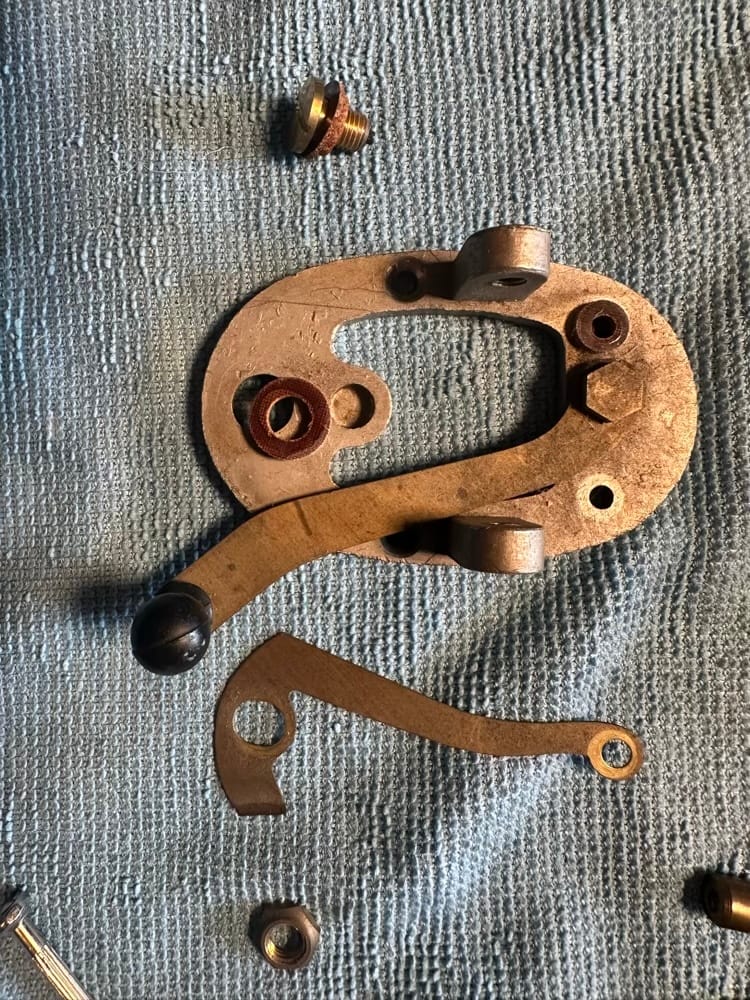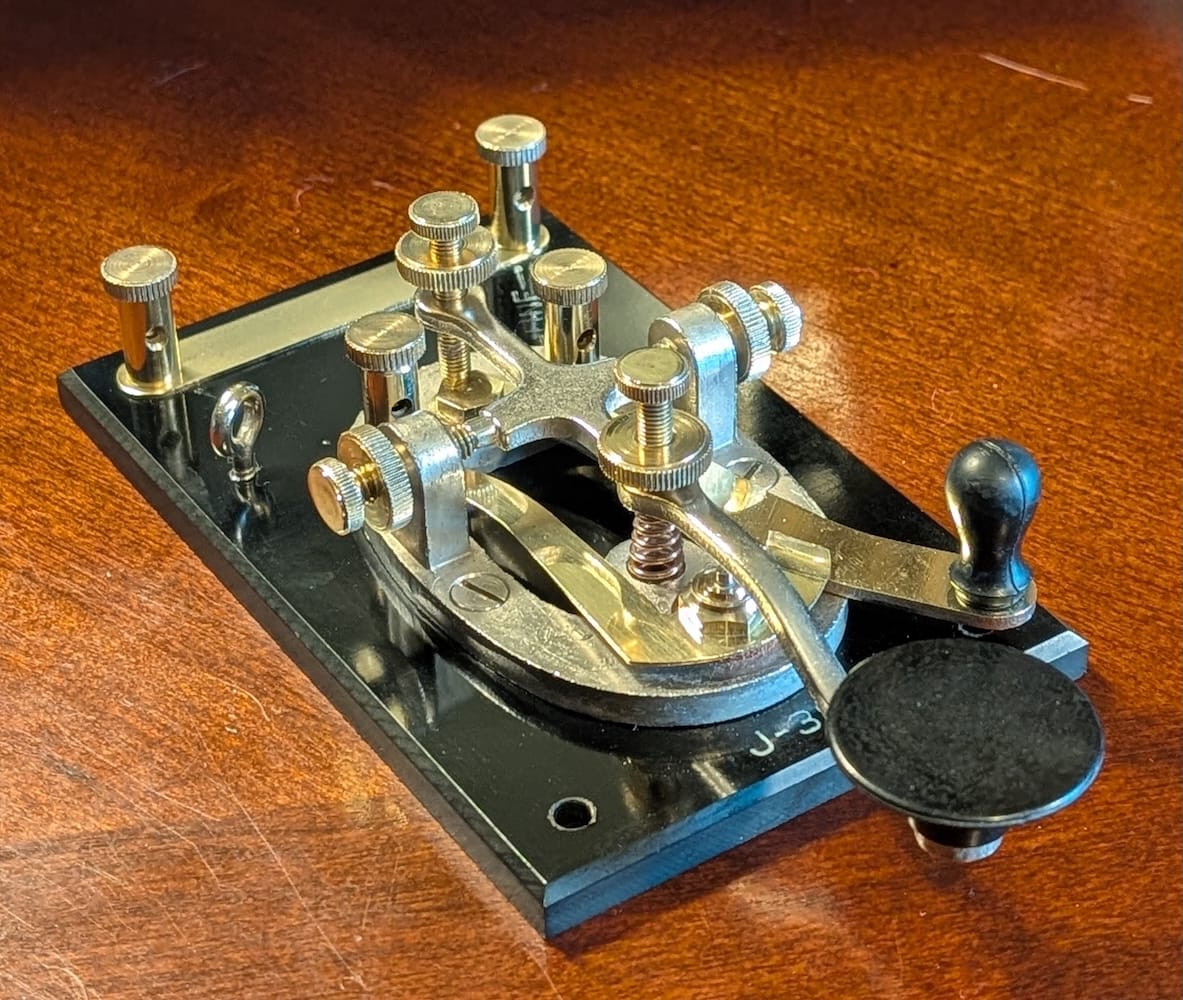A Piece of Morse Code History!

The J-38 Key
Hi friends, it's Mike (N4FFF) and Becky (N4BKY) from HamRadioDuo! If you've been following our journey, you already know about our deep appreciation for Morse code. Recently, something very special found its way into our shack—a genuine, vintage J-38 straight key. Part of the magic of morse code and CW is the simplicity and minimalism that it's really just pushing a button. The power we use today to talk thousands of miles away in ham radio QRP in a POTA/SOTA or the power that transformed the world in the WWII era, was just a button. The J-38 is as beautiful as it is function and withstands the test of time. We knew this wasn't just another key; it was a piece of history. So, we dove into research and restoration.

Discovering the Legacy of the J-38
When we first got our hands on the J-38, we knew it was iconic—but we wanted to learn more about just how historically significant it really was. During the years between WWI and the Korean War, the U.S. Army Signal Corps designated many of their telegraph keys with a "J" prefix, ranging from J-1 to J-51. These keys are highly collectible today, with the J-38 being among the most popular and enduringly functional. Produced during World War II and into the Cold War era by companies like Lionel, McElroy, Bunnell, and others, the J-38 was standard issue for U.S. military communications across all branches.
We learned a lot from a great website by K6IX—it's a fantastic resource that got us started on our research.
While we couldn't find exact production numbers or the exact origin of this key, the distinctive "SC" stamp on the bottom—signifying Signal Corps—ignites the imagination. It makes us wonder about the vital messages this key might have sent: perhaps helping coordinate life-saving rescues or even playing a small role in pivotal moments of history.

Whispers from History
Holding this J-38, we couldn’t help but imagine the countless urgent messages tapped out in its lifetime. It might have transmitted troop movements during the Pacific Theater or even relayed joyous news of the war’s end. One particularly moving story we discovered was the tragic sinking of the USS Indianapolis in 1945. After delivering atomic bomb components, the ship was torpedoed, and the radioman urgently transmitted an SOS using a straight key much like ours. Nearly 900 sailors were lost, but the survivors owed their rescue to that desperate Morse code call.
Stories like this remind us that each dot and dash isn't just communication—it's history.
Our Restoration Adventure
Restoring our J-38 wasn't just about aesthetics; it was about reconnecting with history. We wanted to restore it's original beauty and put it back in service without changing anything. Here's how we brought it back to life:
We were pleased to find our J-38 had no visible signs of rust or corrosion, making it ideal for restoration. Our primary goal was to restore the key's original shine without altering its authentic appearance. Before cleaning anything, we connected it to the radio—and it worked flawlessly.

We gently cleaned the key using Flitz metal polish and careful hand-polishing. This allowed us to restore its brilliance without affecting its original character. Throughout the process, we documented everything carefully with photographs to so that we could put it back together.

After reassembling the key, we verified electrical continuity and spent time fine-tuning the tension and spacing until it felt perfect to both of us.
Back on the Air
Since giving our J-38 a shine, it has become both of our favorite straight keys. Previously, we'd started with a modern MFJ in the same style. You can tell that this key really is an example of "they don't make 'em like they used to." It has a great feel and has definitely withstood the test of time.

Why Vintage Keys Still Matter
In an age of digital technology, you might wonder—why use old straight keys like the J-38? For us, the reasons are simple but profound:
- Historical Connection: Each key links us directly to the operators and events of the past. It reminds us of the power of morse code.
- Skill and Technique: Mastering a straight key enhances our "fist" and hopefully makes us better operators. It's hard to be more in direct control than with a straight key.
- Pure Simplicity: With no electronics needed, these keys are reliable in any situation.
- Human Touch: There's a warmth and character in hand-sent Morse that modern technology just can't replicate.
As one ham, N2HTT, put it perfectly, "The J-38 is the quintessential, all American made key that many hams cut their teeth on for CW, but they have a rich history." For newer hams like us, restoring and using this iconic key is a new adventure filled with discoveries about its history, beauty, and unmatched functionality.
What's Next?
Our journey has just begun! Becky recently got a Vibroplex Bug from the '60s. While we have no plans to become collectors, we have an appreciation for the history and purity of the classics.

Have you restored a key or have a special Morse code memory? Please share your story in the comments of our videos or shoot us an email (good on QRZ).
Until next time,
73 from Mike (N4FFF) and Becky (N4BKY)
